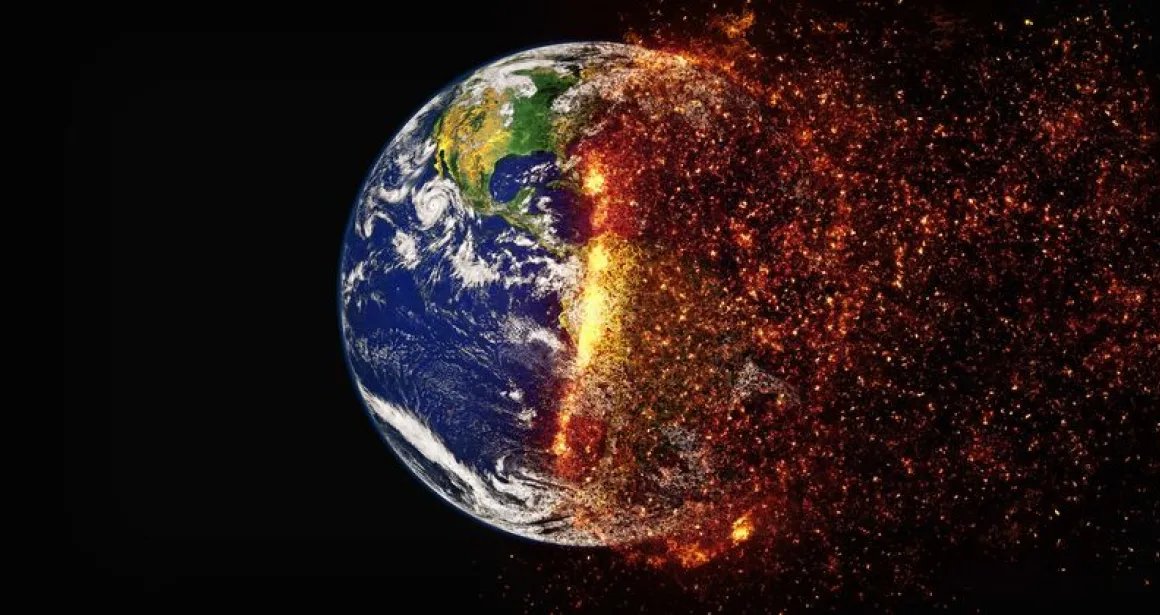What are the challenges for the COP 28?
The 28th COP in Dubai will be the occasion for a first Global Stocktake 8 years after the Paris Agreement was signed.
- 4mn read

COP 28 climate conference: a transition away from all fossil fuels?
Updated on 14 December 2023
The COP 28, which has just concluded in Dubai, United Arab Emirates, marks a turning point. For the first time, the text adopted by the nearly 200 countries attending the conference mentions fossil fuels and establishes the principle of a gradual transition away from them. However, the agreement makes no mention of a quantified target or a definitive date for phasing out fossil fuels, while gas, which is regarded as a “transitional” energy, is not included in the agreement.
It also stresses the need to ramp up efforts over the coming decade in order to achieve carbon neutrality by 2050.
Other measures adopted include tripling the use of renewable energies by 2030 and improving energy efficiency. A Loss and Damage Fund financed by greenhouse gas emitting countries has been set up to compensate developing countries that are on the front line in the face of global warming.
The role of the Ocean is recognised in the final text, which stresses the importance of preserving and restoring marine and coastal ecosystems and encourages more action to mitigate climate change by drawing on the ocean.
What are the challenges for this new conference on the climate?
The COP 28 will be attended by the signatory countries of the United Nations Framework Convention on Climate Change together with stakeholders from civil society.
It will be held in the United Arab Emirates and will provide an initial global stocktake of the action taken to achieve the targets set by the Paris Agreement of the 12th of December 2015.
As you may know, the main aim of this agreement is to limit global warming to under 2°C compared with pre-industrial levels, and to continue efforts to further limit the temperature increase to 1.5 degrees Celsius.
Once this first assessment of the post-Paris Agreement situation has been presented, the Member States will then have to define the steps to be taken to attain their climate targets.
A second challenge will be to get the loss and damage fund operational. This fund was approved at the COP 27 meeting in Egypt. The aim is to provide financial support for countries in the southern hemisphere that are particularly hard hit by climate change. The management of this fund is the focus of discussions and disagreements between developed and developing countries.
The third challenge for this conference is the adoption of a framework for the Global Goal on Adaptation by the Member States, to define its content and how progress is to be measured. The aim of this framework is to build adaptive capacity and resilience while reducing vulnerability to climate change.
“Wealthier countries are obligated to fulfil a commitment made in the Paris Agreement to provide $100 billion a year in international climate finance” reports the United Nations website. At present, only 21% of the funding provided by wealthier countries to help developing countries is earmarked for adaptation and resilience, whereas at least 50% of these funds should be earmarked for this purpose.
Where does the ocean fit into the equation?
The Ocean & Climate platform, of which Nausicaá is a founding member, is striving to ensure that the ocean is taken into consideration in the political conclusion of the Global Stocktake, so that it is factored into the new trajectories chosen to attain the targets of the fight against climate change.
The platform has coordinated the Ocean Breakthroughs, which comprise 5 goals to be achieved by 2030 for a healthy and productive ocean in 2050 in terms of:
- Marine conservation
- Maritime transport
- Renewable marine energy
- Aquatic food
- Coastal tourism
A day dedicated to “Nature, land use, and oceans” is scheduled for the 9th of December. This one-day thematic event will focus on developing solutions to effectively protect, restore and manage natural ecosystems, tackle the root causes of nature loss, boost the capacity of indigenous peoples and local communities, and create resilient livelihoods.



